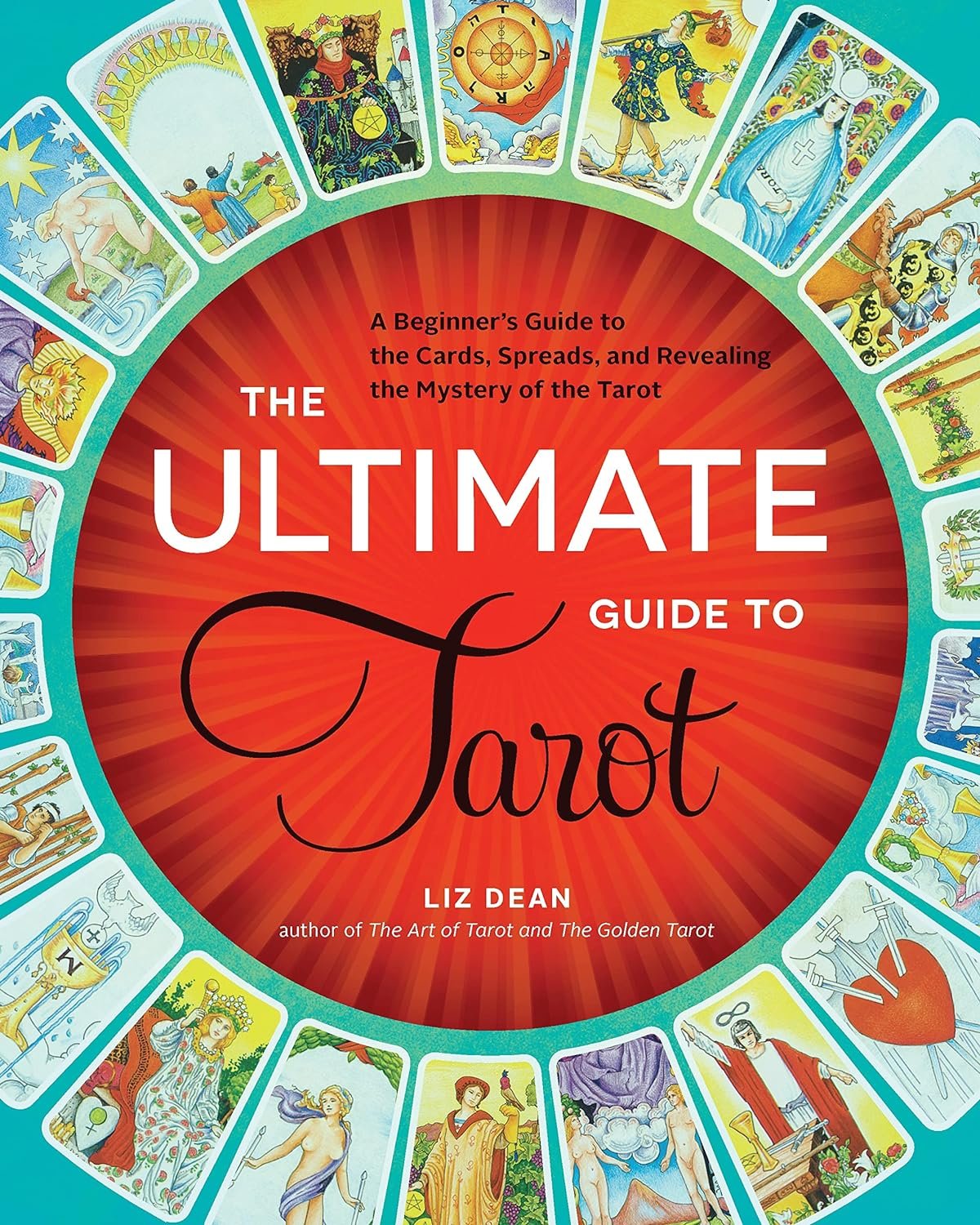Tarot, Oracle and Lenormand Cards
People use tarot and oracle cards for various reasons, each tied to their unique beliefs, interests, and personal journeys. Let’s explore the motivations behind their use:
Seeking Guidance and Insight:
Many turn to cards to gain insights into their lives, seek answers to specific questions, or understand complex situations. The symbolism and archetypes in tarot cards allow users to tap into their intuition and receive guidance.
Self-Reflection and Introspection:
The rich symbolism of tarot cards encourages deep self-reflection. Users contemplate their own experiences, emotions, and subconscious patterns.
Creativity and Inspiration:
Artists, writers, and creators draw inspiration from tarot imagery. The cards spark creativity and help generate ideas. The open-ended nature of oracle cards allows users to explore their imagination.
Daily Practices:
Some incorporate tarot readings into their daily routines. It becomes a ritual—a way to center themselves or set intentions. Oracle cards are versatile. People use them for morning reflections, affirmations, or as part of meditation practices.
Connection with Intuition and Higher Self:
Tarot readings encourage users to trust their intuition. The cards act as mirrors, reflecting inner truths. Oracle decks emphasise intuition. Users listen to their inner voice and interpret the cards based on personal resonance.
Community and Social Interaction:
Enthusiasts often gather in communities, attend workshops, and share insights. It fosters a sense of belonging.
Remember that both tarot and oracle cards are tools for self-discovery and exploration. Whether seeking clarity, inspiration, or simply enjoying the beauty of the cards, people find meaning in their use.
Tarot Cards
Structure: Tarot cards consist of 78 cards divided into two main groups:
Major Arcana: These cards (22 in total) represent karmic life lessons, forces, virtues, and vices.
Minor Arcana: The remaining 56 cards are divided into four suits: Wands, Pentacles (Coins), Swords, and Cups.
Universal Meanings: Tarot cards have standard meanings across different decks. For example, the 2 of Wands signifies similar themes regardless of the deck.
Symbolism: Each card features consistent symbolism, even if the artwork varies.
Astrological Associations: Some Tarot cards are linked to specific zodiac signs (e.g., the Lovers card with Gemini).
History and Use of Tarot Cards
Origins: Tarot cards were invented in 15th-century Italy. They began as a fifth suit added to the standard four-suited playing card deck. This fifth suit, called trionfi (or “triumphs”), featured 21 specially illustrated cards and an odd card called il matto (the fool).
Purpose: Originally used for card games, Tarot evolved into a powerful tool for divination and self-exploration.
Major and Minor Arcana: The modern Tarot deck consists of 78 cards, with the Major Arcana representing significant life lessons and the Minor Arcana reflecting everyday situations.
Symbolism: Tarot cards depict forces, characters, virtues, and vices.
Continued Popularity: Tarot remains widely practiced for guidance, meditation, and creative inspiration.
Cards I use…Click on image to learn more
Cards I use…click on image to learn more.
Oracle Cards
Structure: Oracle cards are more free-form. There’s no fixed number of cards—creators decide how many are needed.
Art and Shape: Oracle cards can appear as rectangles, circles, squares, or any other shape.
Meanings and Themes: Each oracle card typically features an image and an associated phrase or word. Themes vary widely, from lunar imagery to angels.
Intuition and Inspiration: Oracle cards offer a lighter, more inspirational vibe. They connect us with intuition and higher selves.
Personalization: When you buy an oracle deck, it comes with a booklet explaining each card’s meaning. Some decks include unique rituals and spreads.
History and Use of Oracle Cards
Ancient Origins: Oracle cards trace back to ancient civilizations (Egypt, China, Vikings). Priests used hieroglyphs on papyrus cards to communicate with gods.
18th Century Emergence: Modern oracle cards emerged during the spiritualist movement. Spiritualists believed in spirit communication.
Diverse Themes: Oracle cards cover a wide range of themes, from angels to lunar cycles.
Personal Crafting: Anyone can create an oracle card deck, making them uniquely personal.
In summary, while Tarot cards offer structure and universal meanings, oracle cards provide flexibility, inspiration, and personalization. Both serve as powerful tools for guidance and introspection, connecting us to deeper insights and intuition.
Lenormand Cards
Definition: Lenormand cards are a divination tool consisting of a deck of 36 cards.
Origin: These cards trace back to Europe in the late 18th century as a response to the popularity of regular playing cards for fortune-telling.
Purpose: Lenormand cards are used for predicting the future, answering questions, and offering advice.
Symbolism: Unlike tarot cards, Lenormand cards focus on tangible issues rather than psychological aspects.
History of Lenormand Cards
Origins:
The earliest version of Lenormand cards emerged in Germany during the late 1700s.
Initially known as “Coffee Cards”, their symbols were inspired by coffee ground fortune-telling.
Madame Lenormand:
The cards gained fame through Marie Anne Lenormand, a French fortune-teller.
She advised prominent figures during the French Revolution and was associated with luminaries like Robespierre, Marat, Empress Josephine, and Tsar Alexander I of Russia.
After her death, game-makers released the Grand Jeu (full deck) and the Petit Jeu (36 cards), both inspired by her divination practices.
The Petit Jeu, based on a game of chance, borrowed Lenormand’s name and gained popularity in the 1800s.
In summary, Lenormand cards offer a straightforward approach to divination, focusing on practical matters and tangible aspects of life. Their rich history and symbolic meanings continue to captivate seekers and fortune-tellers .
Cards I use…click on image to learn more.
Recommended Reading
If you want to learn more about reading and understanding Tarot and Lenormand, these are books I recommend.
Oracle cards generally come with a book specifically designed for the deck.
Click on images to learn more.












